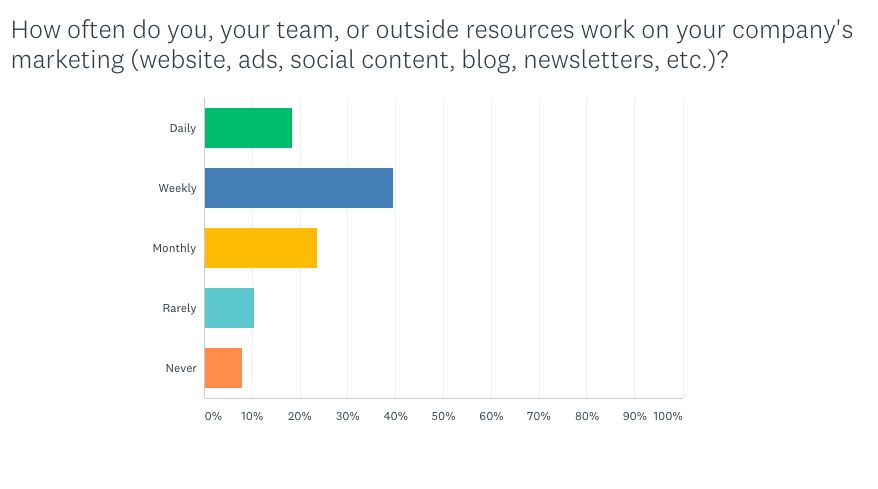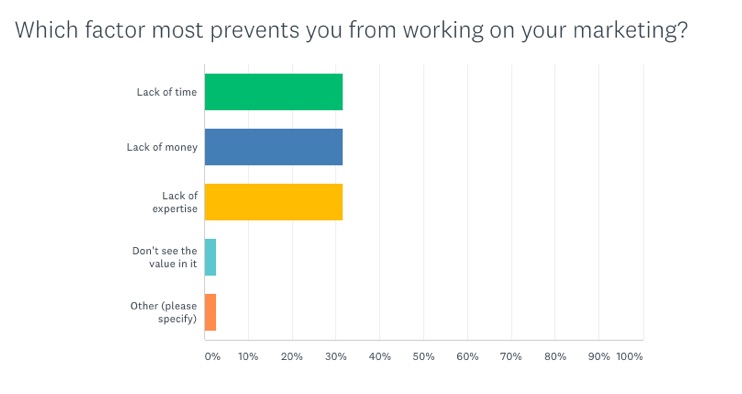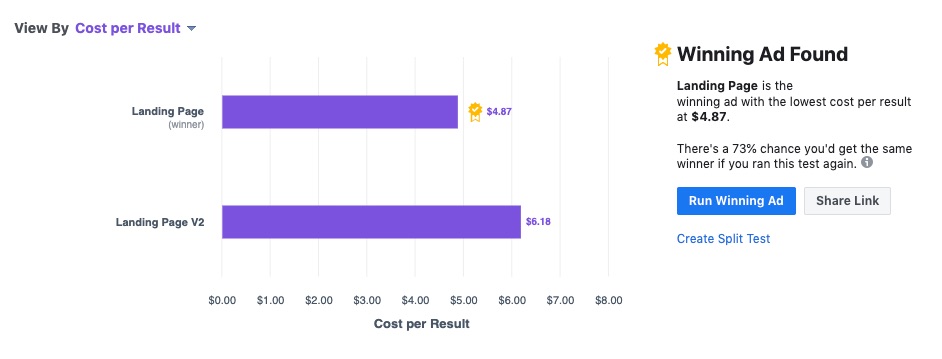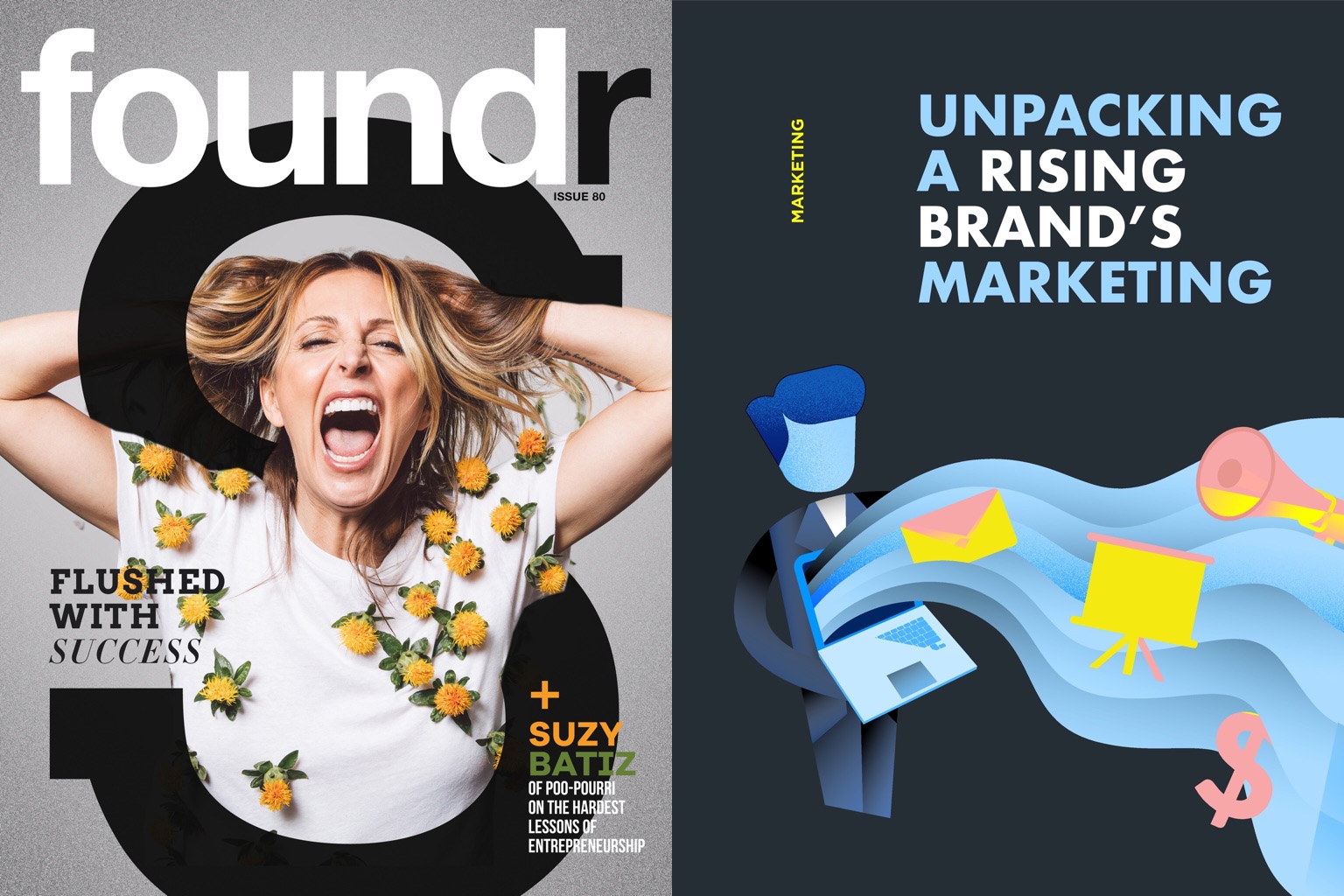
When it comes to understanding how your customers think, there’s one universal truth that applies to every brand — you’re going to be wrong.
You’re going to be wrong about their motivations.
You’re going to be wrong about their preferences.
You’re going to be wrong about their priorities.
You won’t be wrong about everything of course. But there are assumptions we all make about our customers that simply aren’t true.
And what makes things extra tricky is that we don’t know which of our assumptions are the wrong ones.
Or as the famous quote goes:
What gets us into trouble is not what we don’t know.
It’s what we know for sure that just ain’t so.
– Mark Twain
The most common causes for this issue are:
- Ideas formed off a tiny number of customer interactions and then blown out into full-on beliefs
- Ideas formed off someone’s singular personal experience
 (Working title: A lonely customer data point leading us through the competitive landscape)
(Working title: A lonely customer data point leading us through the competitive landscape)
And note, this issue is not isolated to inexperienced, first-time entrepreneurs.
We’re all susceptible to biases that skew our perceptions, memories, and decision making.
This is why customer research is critical for every business.
It helps replace personal opinions with data and insights extracted from a pool of potential customers. It validates assumptions and washes away those personal biases.
Research provides the data-driven answers that every business needs to succeed.
And when it’s time to communicate your brand’s unique value, you need those answers as soon as possible.
If your key marketing messages don’t convey your positioning in a way that resonates with customers, you can lose thousands of dollars as you sit and wait to gauge results.
Tools like Google Analytics make it simple to gather customer data. The problem is that it can take weeks or months to collect enough data to surface meaningful results.
Even businesses that have been around for years may not get enough traffic to quickly evaluate the effectiveness of marketing changes.
Because of this, at Map & Fire we spend a lot of time working on fast, efficient ways to capture customer data and insights.
If you’d like to learn more about how our services can help you uncover critical information about your customers and level up your brand and marketing, contact us for a free chat.
Once we define the positioning and strategy that inform a brand’s messages and visuals, we look for feedback to refine and improve the ideas.
Here are three of the tools we use with our brand clients to test ideas with their customers.
Each of these has trade-offs around speed, complexity, and value. But none require your business to have thousands of existing customers to be effective.
We’ll start with the fastest and work our way down.
Ultra Fast: Split Testing Via PickFu
One of our favorite tools for fast feedback is from a company called, PickFu. Their split testing service allow users to upload as many as 8 variations of a piece of content and then get immediate feedback from a panel of potential customers.

What’s great about the tool, besides the speed, is that it provides both quantitative and qualitative feedback.
Each respondent votes for their preferred variation and has to supply a quick statement on why they selected their choice. This means you can look at the overall result but also dig into the reasoning and reactions that fueled it.
That combination of feedback can be invaluable for quick gut checks on the messaging and visuals that resonate with your target audience.
And like most paid audience tools, offers filters around demographics and affinities.
How We Use It:
We use PickFu to test value propositions with marketing messages as well as image preferences.
In addition to client work, we used their service in a recent article where we tested potential value propositions for the email app, Superhuman.
Superhuman’s marketing focuses on their product being the “Fastest Email Experience Ever Made”.
We wanted to test whether being “fast” was what resonated most with customers around email.
Our PickFu test revealed some interesting results (see the image above). According to our test, an email app that was “smart” was more appealing than one that was “fast”.
You can read the rest of the article (which was republished in Foundr Magazine) to get the full breakdown of the results and what our takeaways were.
Tool Grades:
- Speed: High: Responses within minutes
- Complexity: Low: Very simple to set up, requires no technical skills
- Value / ROI: Medium: Perfect for fast, high level decisions, but lacks depth in feedback
Very Fast: Customer Surveys Via SurveyMonkey Audience Panels
While it requires a bit more prep, customer surveys are an incredible tool for digging into the preferences and thinking of your customers. Our favorite tool for running surveys is SurveyMonkey.
Surveys allow you to tease apart the different aspects of your value proposition and offering features to learn what resonates most — and least — with your audience.
The return on investment with this type of work is through the roof.
Again, it’s a way to get both quantitative and qualitative data. But unlike a basic split test, that might evaluate a fully formed marketing message, surveys let you dig into the individual pieces of the value proposition that fuel your messages.
You can also ask open-ended questions of your audience to help uncover information and preferences that aren’t even on your radar.
This type of information is critical when it comes to not just developing messages, but prioritizing messaging structure within a larger marketing piece like a landing page.
Most of the work of course is in the design of the survey questions themselves. It takes skill and experience to craft questions that extract the right info in non-leading ways.
But once you have your questions, SurveyMonkey makes it simple to set up the actual survey. And best of all, their service includes access to their audience panels.

Even for businesses that have big email lists, it’s still critical to get feedback from customers that don’t know the brand. Those fresh prospects can evaluate your offerings without bias from pre-existing knowledge or past experiences with your brand.
With the audience panels, you can get access to those unbiased opinions in as little as a day.
And like PickFu, SurveyMonkey offers a wide range of demographic and affinity based audience filters to align your panel with your brand’s needs.
How We Use It:
We use SurveyMonkey’s audience panels with almost all of our clients. It provides a foundational layer of customer data that we use to inform and guide our brand and marketing work.
Our clients get additional value from the results even beyond our engagements. They can use that same data to inform decisions around their products and services or to inform new innovations.


One client we worked with recently offered products in the health supplement space. We used survey results to develop three distinct customer segments for their brand.
Each segment had progressively deeper knowledge around supplements. Understanding these varying levels of awareness allowed us to develop highly targeted messages aimed at each segment.
With the data in hand we knew exactly which type of value proposition resonated most with each segment before investing in paid ads.
Tool Grades:
- Speed: High: Initial responses within hours, typically done within a day
- Complexity: Medium: Designing the questions requires careful thought, but setting up the survey in the tool and executing with the audience panels is simple
- Value / ROI: High: Incredible ROI that can inform decisions with your brand and marketing, as well as your products and services
Pretty Fast: Ad Engagement Via Facebook Ads
The last tool we use is something almost everyone has experienced. Facebook Ads.
Even if you haven’t run your own ads, you’ve almost definitely been on the receiving end of them on Facebook and Instagram.
And while we’ve helped clients run full campaigns using Facebook ads, we also use the platform as a research tool.
What distinguishes this from the previous two tools is that it provides testing in a live environment.
These aren’t audience panels, these are now real, potential customers.
By using multiple variations of an ad, we can see which combination of messages and visuals generates the best level of engagement.
It also provides another key metric — cost.
Unlike using a tool strictly for research, learning about cost can provide extra benefits for future marketing plans.
And like the other tools we covered, you can use Facebook ads for research without an existing audience. In fact, through the process you’ll learn about which demos are likely to engage based on the results.

How We Use It:
We use Facebook Ads to test and compare different brand value propositions and combinations of messaging and images.
The data and feedback helps our clients refine their messaging and inform larger ad campaign buys.
We work with a lot of tech businesses which are well suited for testing ads that push directly to signups to try their product.
With one recent brand we were able to validate their key messaging while also providing an improved customer acquisition cost for their product.

Tool Grades:
- Speed: Medium: Initial responses within hours and more refined responses within a week
- Complexity: High: Basic setups can be done with limited technical knowledge, but to get the most out of the platform requires a fair level of expertise
- Value / ROI: High: Huge value both to track engagement around messaging and visuals but also to provide cost data to inform larger campaigns
Customer Data Is Only As Valuable As Your Analysis
As valuable as customer research data is, it’s still just one piece of the puzzle.

For your brand to benefit from customer data, you need proper analysis to extract the insights out of it. From there you need to develop the creative and communication that takes advantage of those learnings.
As your business and offerings evolve, your customers will evolve too. There’s no single survey, poll, or test that will provide the perfect answers for all of your next moves. But even if the answers aren’t perfect, they’re still infinitely better than the alternative — winging it.
As we’ve shown, with minimal time and without a pre-built audience, your brand can get a ton of return from investing in research.
There’s no better way to eliminate dangerous assumptions, build confidence within your team, and strengthen your brand.

Level Up Your Brand And Marketing With Customer Data, Insights, And Analysis
We’ll capture how your customers think and talk, and provide insights on the outcomes they’re seeking. The results will provide guidance that your business can use to inform decisions today and continue to provide return for months and years to come.


